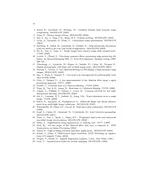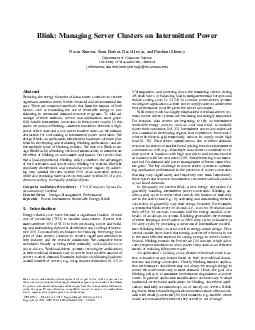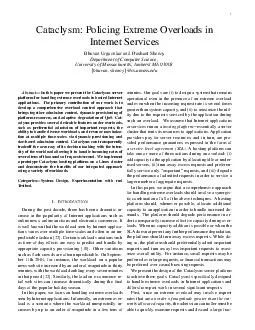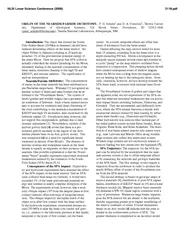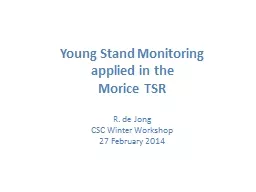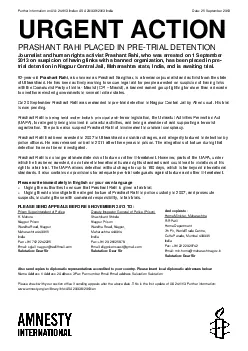PDF-Catac ysm Handling Extreme Overloads in Internet Ser vices Bhuv an Ur gaonkar and Prashant
Author : stefany-barnette | Published Date : 2015-03-03
umassedu Abstract In this paper we present Cataclysm comprehensi approach for handling xtreme erloads in hosted Internet applications The primary contrib ution of
Presentation Embed Code
Download Presentation
Download Presentation The PPT/PDF document "Catac ysm Handling Extreme Overloads in ..." is the property of its rightful owner. Permission is granted to download and print the materials on this website for personal, non-commercial use only, and to display it on your personal computer provided you do not modify the materials and that you retain all copyright notices contained in the materials. By downloading content from our website, you accept the terms of this agreement.
Catac ysm Handling Extreme Overloads in Internet Ser vices Bhuv an Ur gaonkar and Prashant: Transcript
Download Rules Of Document
"Catac ysm Handling Extreme Overloads in Internet Ser vices Bhuv an Ur gaonkar and Prashant"The content belongs to its owner. You may download and print it for personal use, without modification, and keep all copyright notices. By downloading, you agree to these terms.
Related Documents


